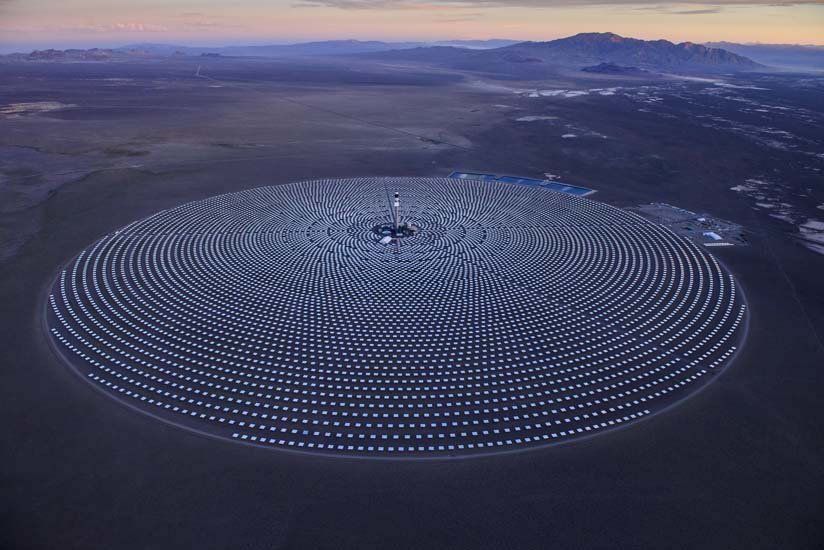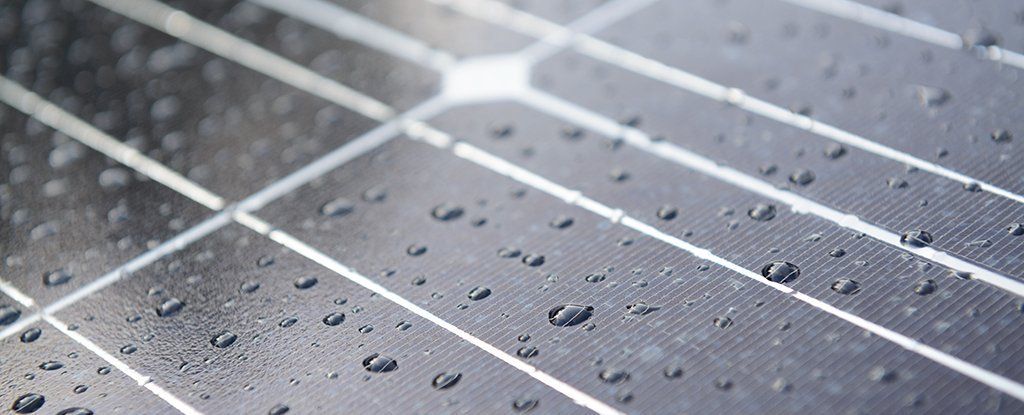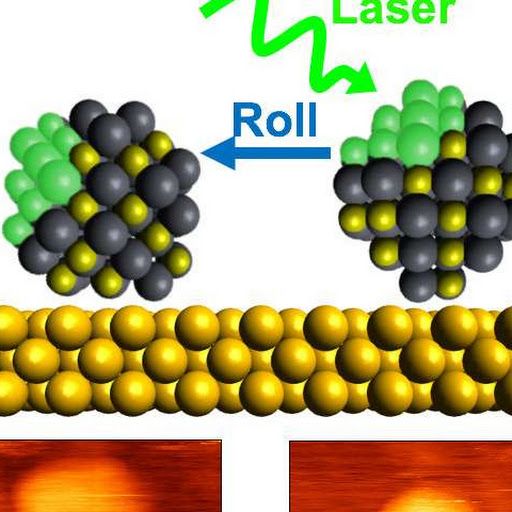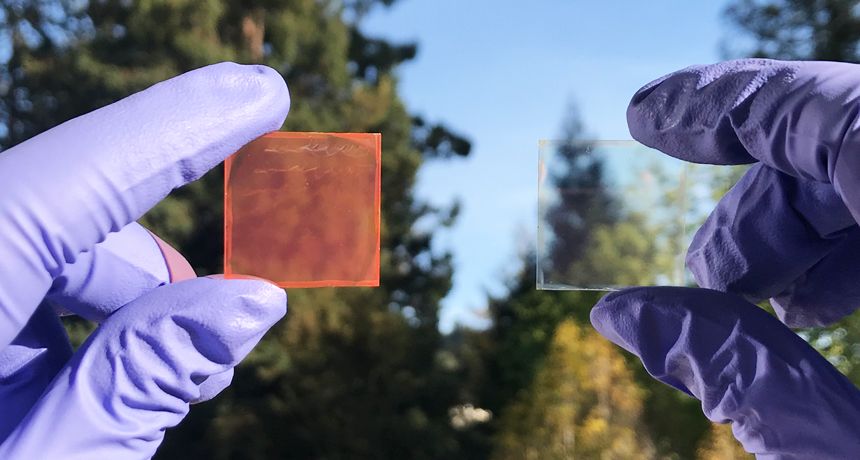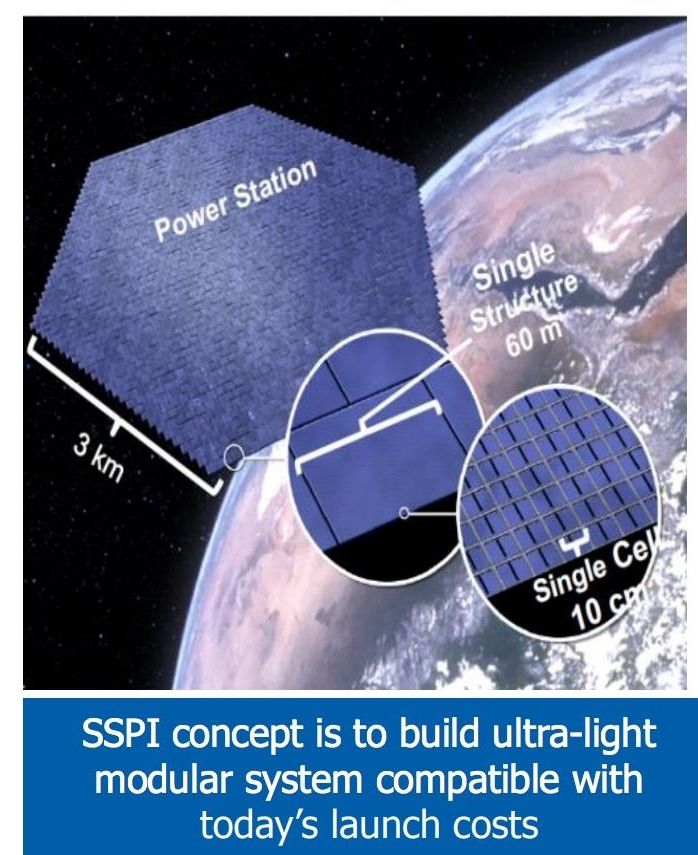A report out from the Australian Renewable Energy Agency (ARENA) this month published responses from industry stakeholders on the viability of a concentrated solar thermal (CST) energy market in Australia: Paving the way for concentrated solar thermal in Australia.
Only 5 gigawatts (GW) of CST is deployed globally so far, with remarkable cost reductions for a technology so “young.” Submissions noted that when today’s 300 GW of PV had only 5 GW of deployed capacity in 2004, its LCOE was ten times that of CST.
CST’s dispatchable solar could play a pivotal role in Australia with its need for energy that can meet obligations for both emissions reductions and reliability, because with its ability to store its solar energy in molten salts for delivery later, CST can offer a stable and predictable supply of solar energy at any time of day or night.
